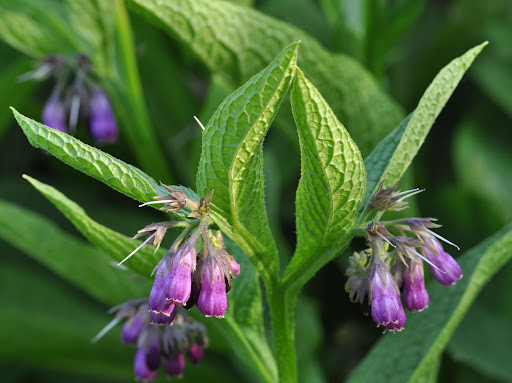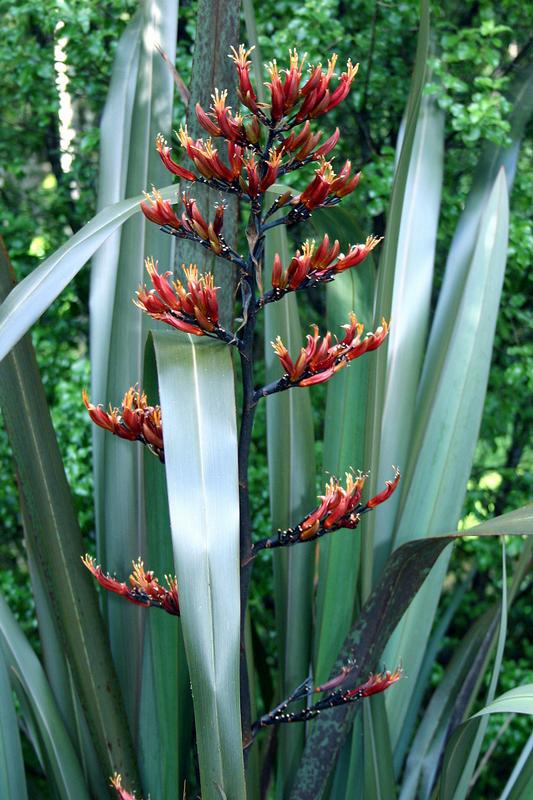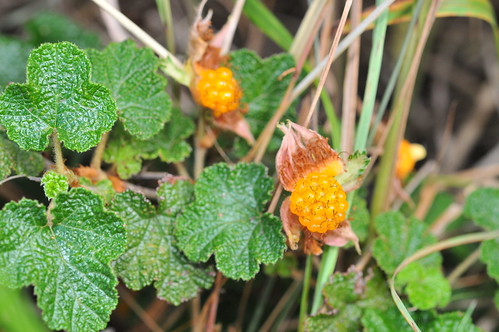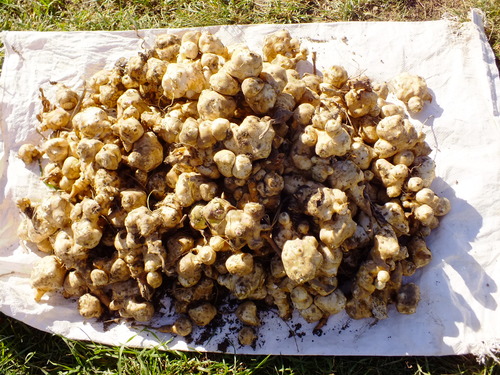Winter plant propagation by division
June 30, 2020
Clone or duplicate plants by dividing. May also be useful to reinvigorate or restart aging plants.
The exact process will differ for each species but generally involves digging up part or all of the plant, carefully separating or cutting rooted sections before removing most of the leaf surface area and replanting in new locations. Post care includes watering and weeding as required.
The exact process will differ for each species but generally involves digging up part or all of the plant, carefully separating or cutting rooted sections before removing most of the leaf surface area and replanting in new locations. Post care includes watering and weeding as required.
Divide and replant bulbs such as daffodil, multiplying leeks
June
July
August
Related
Chinese licorice
Common name
Gan Cao, Chinese licorice
Botanical name
Glycyrrhiza uralensis
Family
Fabaceae or Leguminosae
Height (m)
0.4
Diameter
0.60
Forest layer
rhizosphere
Seeds / nuts / tubers
Edible
Perennial
Nitrogen fixer
Shade / Sun
Full sun - part shade
Comfrey root pieces for growing
Botanical name
Symphytum officinale
Details
Easily grown from root pieces, comfrey is a valuable and popular addition to any food forest garden. Widely used in organic and permaculture gardening, this plant is a fantastic soil improver and mulch producer. Suitable for a wide range of conditions and situations.
Perennial
Price
$4.90
3 root pieces
NZ Bronze Flax
Common name
NZ Bronze Flax
Date
July 15, 2012
Details
Broadly spreading, evergreen. Broad drooping or stiffly erect bronze to purple blades. Erect flower stalks attract tuis and bellbirds.
Evergreen
Forest layer
shrub
Height (m)
2
Botanical name
Phormium purpureum
Wind tolerance
High
New Zealand Flax
Details
Useful to tying materials. Loved by bell birds and other nectar feeders.
Botanical name
Phormium tenax
Height (m)
2-4
Forest layer
shrub
Evergreen
Propagation method
Division
Wind tolerance
High
Shade / Sun
Full sun - Shade
Soil type
Most
Flowers
Orange
French Sorrel
Botanical name
Rumex scutatus
Common name
French sorrel, buckler sorrel, shield-leaf sorrel
Details
As a culinary herb, it is used mainly in salads. The flavour of French sorrel is slightly bitter or tangy, spiced with a hint of lemon; the sharp flavour is due to oxalic acid.[4] French sorrel is hardy in most regions, tolerating frost, full sun and short dry spells.[5] It grows quickly to a clump up to 1 metre in diameter, with long leaves up to 10 centimetres in width.
Forest layer
herbaceous
Diameter
1.00
Edible
Perennial
Creeping Raspberry
Details
A native of Taiwan, this spectacular, fast-growing, evergreen groundcover is from the same family as Strawberries and Raspberries.
Common name
Creeping Raspberry
Botanical name
Rubus hayata-koidzumii
Height (m)
0.3
Forest layer
ground cover
Evergreen
Edible
Fruit / berries
Perennial
Drought tolerance
Propagation method
Division
Shade / Sun
Full sun - part shade
Soil type
Most
Liquorice
Common name
Liquorice, Cultivated licorice
Botanical name
Glycyrrhiza glabra
Family
Fabaceae or Leguminosae
Height (m)
1.2
Diameter
1.00
Forest layer
herbaceous
Edible
Perennial
Nitrogen fixer
Propagation method
Sow pot / tray
Wind tolerance
Moderate
Shade / Sun
Full sun - part shade
Jerusalem Artichoke
Common name
sunroot, sunchoke, earth apple
Botanical name
Helianthus tuberosus
Family
Asteraceae or Compositae
Details
Easy to grow, highly productive plant that needs little care or watering. Produces tall leafy stems above ground that can act as living support for climbing beans.
Masses of knobbly, edible tubers form below ground and can be harvested in late autumn - early winter when tops die off.
Eaten by pigs and chickens
Masses of knobbly, edible tubers form below ground and can be harvested in late autumn - early winter when tops die off.
Eaten by pigs and chickens
Forest layer
rhizosphere
Diameter
0.60
Height (m)
2.4
Flowers
Yellow
Edible
Perennial
Seeds / nuts / tubers
Soil type
Most
Wind tolerance
Good
Propagation method
Tubers
Moso / Chinese timber Bamboo
Details
Cold hardy bamboo with large diameter stems
Botanical name
Phyllostachys edulis
Height (m)
28
Forest layer
vertical
Edible
Perennial
Propagation method
Division








